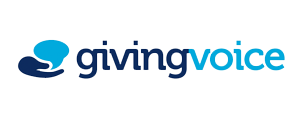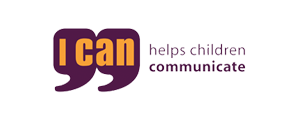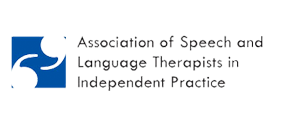Tube feeding
When a child is tube fed, the tube is either inserted through the nose (naso-) or through the surgically through the abdominal wall (gastro-), all tubes will be inserted into part of the stomach so that food and liquid can be fed into here. The most common types of feeding tubes are nasogastric (NG) through the nose or PEG (percutaneous endoscopic gastrostomy) through the stomach. Tube feeding provides the child with a method of feeding when they are unable to safely eat and drink through their mouth.
Our speech and language therapists can work with children who tube feed to increase their chances of returning to oral intake of food and drink, to monitor the progress of their swallow and to ensure they transition safely to oral feeding when it is safe to do so.
What is tube feeding?
Tube feeding is a method of eating and drinking that involves a tube being passed through the nose or the abdominal wall and into the stomach. The tube will then be connected to liquid with the right amount of nutrients for your child to thrive. It is not the ideal method of eating and drinking but sometimes it is the only safe option for your child if the child has difficulties preventing them from thriving and gaining the correct amount of nutrients.
It is most often used as a temporary method of feeding whilst the child is receiving therapy to increase their chances of returning to oral feeding and drinking. However, in some cases children may not be able to return to oral feeding depending on the difficulty.
What causes a child to tube feed?
Tube feeding is needed when no food or liquid can be received orally. This is mostly due to dysphagia (swallowing difficulties). When a child is unable to swallow safely and effectively, food may enter their windpipe and go into the lungs rather than the stomach. This is called aspirating and can cause many difficulties for your child such as chest infections and pneumonia. If your child aspirates, this can be potentially life threatening. Therefore, it is important that your child is offered another safe method of feeding, such as PEG or NG tube feeding.
Dysphagia can be caused by various neurological conditions, physical disabilities and oral motor disorders. The severity of the dysphagia will usually depend on the type of primary condition your child has.
What problems caused by tube feeding can speech and language therapy help with?
It is unlikely that things will go wrong after your PEG or NG procedure. Our speech and language therapists are able to identify any infections, bleeding, breathing problems and bowel problems that may occur. They will be able to refer you to the right professional in these circumstances.
A speech and language therapist can help improve your child's chances of returning to oral feeding and can reduce anxiety and stress for your child.
How can SLT for Kids help a child with tube feeding?
Speech and language therapy has several benefits for a child with tube feeding and their family, including:
- Increase confidence and self-esteem.
- Reduce anxiety surrounding feeding.
- Identify when tube feeding is needed.
- Try to maintain oral feeding for as long as possible.
- Provide your child with the best chances of returning to oral feeding.
What would treatment for a child with tube feeding involve?
Speech and language therapists use various treatment and assessments to help a child with their tube feeding, including:
- Detailed assessment of swallowing function.
- Assessment of cognition.
- Goal setting with child and family in context of their needs.
- Training and advice for parents of children with tube feeding.
- Education of tube feeding and dysphagia.
- Continuous monitoring of oral intake ability and whether oral feeding is appropriate.
- Diet recommendations.
- Oral motor exercises to strengthen the swallow and help child return to oral feeding.
- Referral to other health professionals if this is appropriate and beneficial for the child.
How do I arrange an assessment for my child with tube feeding?
To arrange a speech and language therapy assessment for tube feeding with one our speech and language therapists please call 0330 088 2298.
Summary
Tube feeding is a method of feeding through a tube inserted through the stomach or the nose and into the stomach. Children will need a PEG or NG tube when oral intake of food and drink is unsafe for them. This may be caused by neurological conditions, physical disabilities or oral motor difficulties. Speech and language therapy can help children with tube feeding to increase their chances of returning to oral intake.
If your child uses tube feeding and you think they would benefit from seeing one of our specialist paediatric speech and language therapists, email office@sltforkids.co.uk or call 0330 088 2298.








